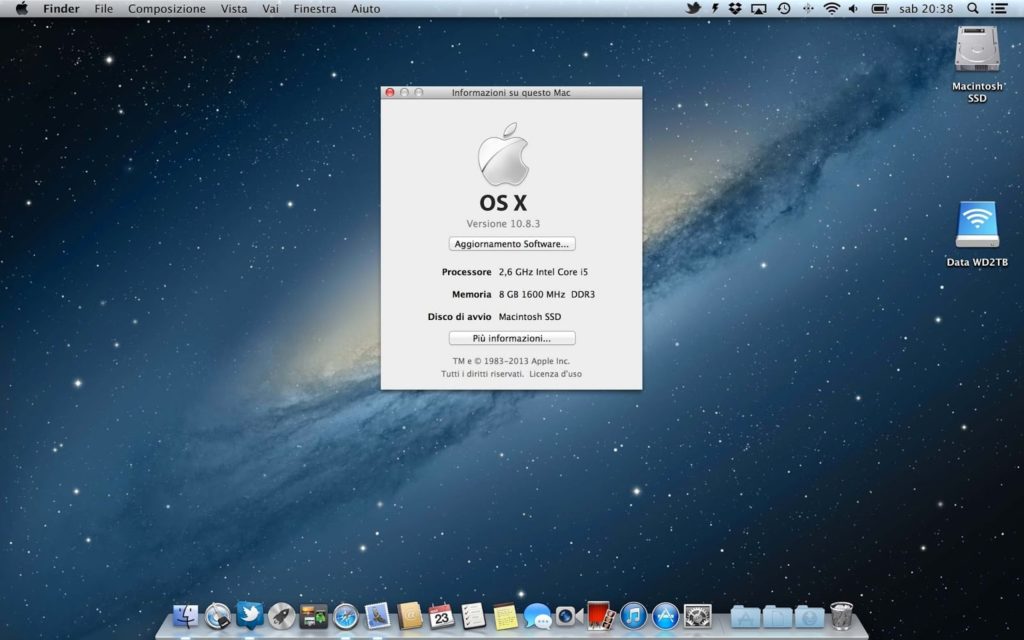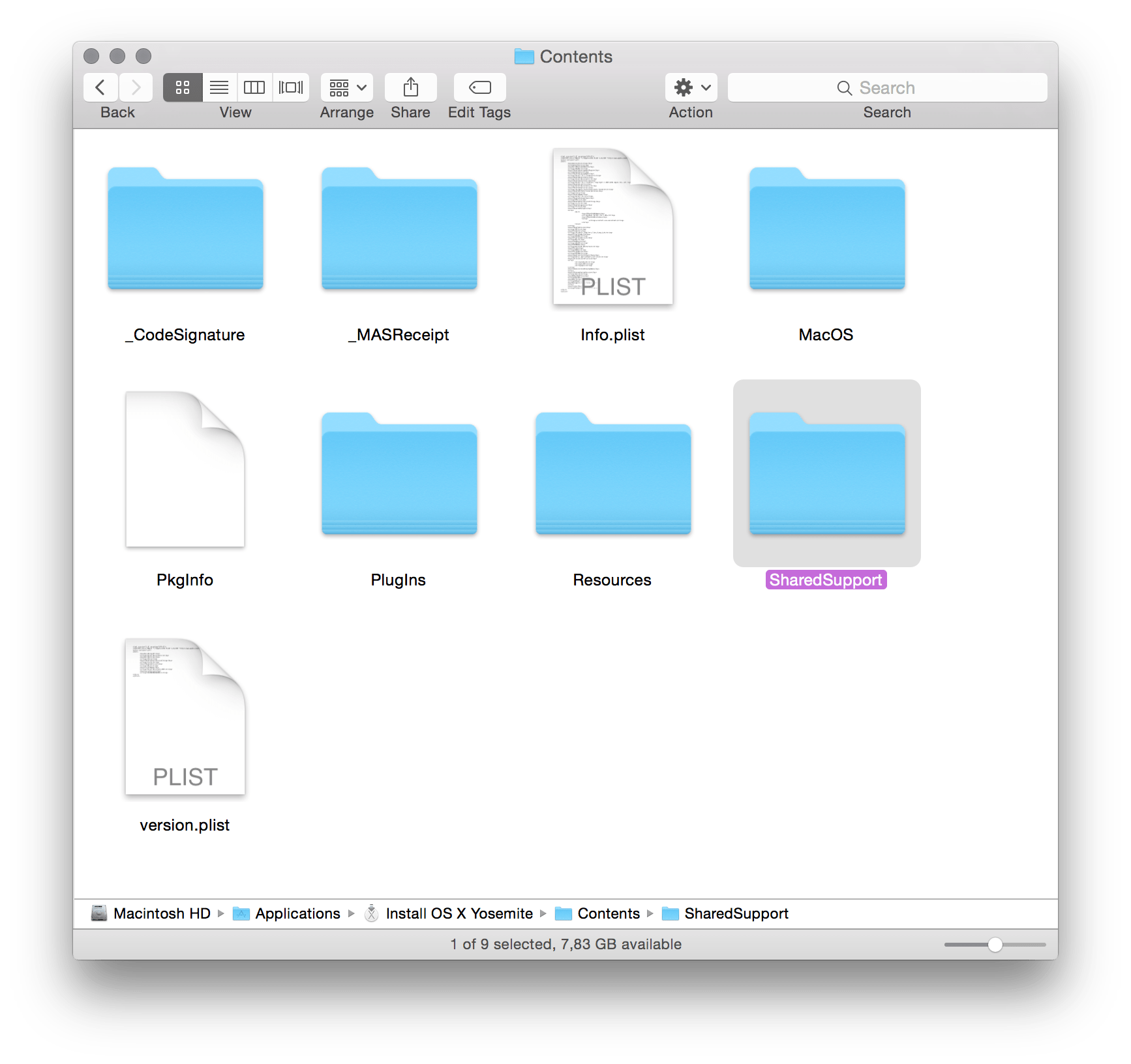

Create Mac OS X bootable USB installation mediaīefore you can use TransMac, you first need to partition your USB flash drive with a GPT partition, as a normal MBR partition may not work. Now that you have all the necessary ingredients, you’re ready to make a Mac OS X bootable USB using the DMG file of the operating system with the steps below. One high quality USB flash drive with 16GB of storage.Requirementsīefore you dive into this guide, you’ll need a few things:

#Mac os x dmg upgrade#
These instructions will also work for Windows users who are running Mac OS X on a virtual machine and need to upgrade to the latest version. However, if you find yourself on a scenario where your device (iMac, MacBook Pro, Air, Mac Pro or Mini) is not responding and you happen to have a Windows 10 device, then you can still be able to make a USB bootable installation media for your Mac OS X to reinstall the operating system using the Recovery Assistant. This is why it’s recommended that you make a Mac OS X bootable USB when your Mac is in working conditions. DMG has to be mount to read the contents and un-mount when done.If you’re still using a Mac OS X the time will come when your computer won’t boot, or a problem may arise where you can’t take control of the device, and booting from an OS X installation media will be required. What gets installed is the installers inside DMG. This is one way to do a complete removal.ĭMG are not installer files. Most of them do a search in known directories (like /Library/Preferences, /Library/Application Support etc) with the app name/pkg name or bundle identifier. There are few uninstall/cleaner apps available on OS X. The links given below will give you some info It can extract the scripts and other related information. As a layman we cannot go ahead and uninstall a PKG.īut at the same time there are command lines that can do a complete reverse engineering on PKG files. What is done in PKG scripts is always upto the PKG creator.
#Mac os x dmg install#
A PKG/MPKG can have certain pre install and post install scripts associated with that. The concept of PKG uninstallation is not there in OS X.

Once you've uninstalled the files, you can remove the system record of that package: $ sudo pkgutil -forget package-name.pkg But some people will need to tweak the command line, so it's better to be clear!) $ pkgutil -only-dirs -files package-name.pkg | tr '\n' '\0' | xargs -n 1 -0 -p sudo rmdir (You should be safe with rmdir too, because it will only remove empty directories. p causes xargs to prompt for confirmation, but don't get trigger-happy. The list of directories output by pkgutil -files can include important shared directories like usr, which you don't want to remove. $ pkgutil -only-files -files package-name.pkg | tr '\n' '\0' | xargs -n 1 -0 -p sudo rmīe careful of the next (final) step, which removes directories. Use this to list the package's installed files: $ pkgutil -files package-name.pkgĪfter visually inspecting the list of files you can do something like this to remove them: $ cd / # assuming the package location is / To find the package location (the root directory that all file listings will be relative to), use $ pkgutil -pkg-info package-name.pkg I'm modifying answer, which didn't work for me.Īt a command line, use the following to find the desired package name: $ pkgutil -pkgs | grep -i is a string you expect to see in the package name.


 0 kommentar(er)
0 kommentar(er)
